From a very young age, the former president Sebastian Piñera It occupied a prominent place in Chilean public space.
Both for his political and business work.
LOOK: Who was Sebastián Piñera, “the locomotive” of the right who governed Chile twice? | PROFILE
A popular and controversial character for many, he led the country through difficult times. He had to deal with the 2019 social outbreak and the Covid-19 pandemic, among other things.
He was also a skilled businessman, standing out among the greatest fortunes in Chile, worth close to US$3 billion.
He was the main shareholder of the airline Lan Chile (currently Latam), the television channel Chilevisión and Blanco y Negro, the company that manages one of the most popular football clubs in the country, Colo-Colo..
His sudden death shocked Chile.
Several personalities from the political and business spheres from around the world expressed their condolences. One of them is former president Michelle Bachelet, who noted: “I have always valued your commitment to our country and democracy.”
But who was Sebastián Piñera and why was his figure so important in the South American country? Here we tell you.
The leader of a different right
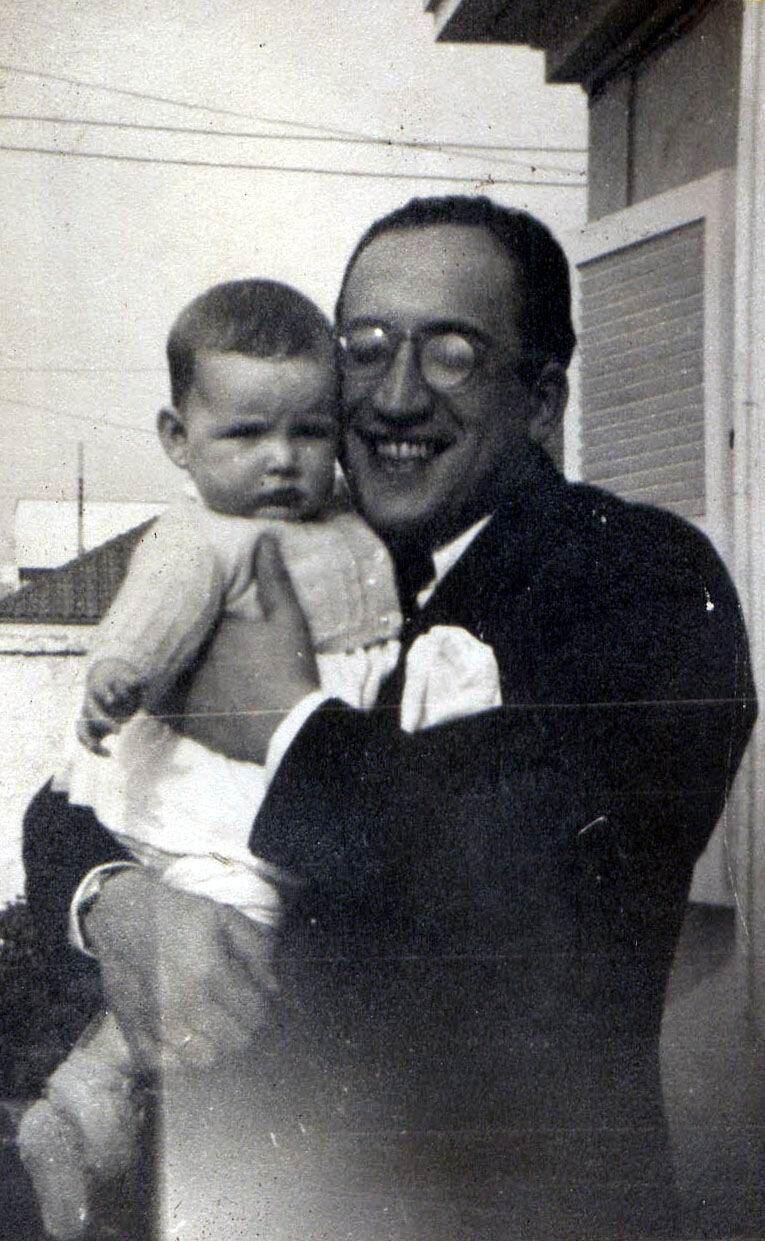
Sebastián Piñera was born in Santiago de Chile in 1949.
He was the third of six children of Magdalena Echenique and José Piñera Carvallo, a Chilean civil servant affiliated with the center-left Christian Democratic Party and who served as a diplomat and ambassador.
The former president, who was a commercial engineer by profession and had a doctorate in economics from Harvard, did not follow in his father’s footsteps and preferred to move to the right.
However, for the plebiscite of October 5, 1988 He publicly expressed his vote for “No”, which put an end to the Augusto Pinochet regime..

This profiled him within a different right and far from Pinochet’s figure.
Thus, little by little he built a successful political career.
In 1989 he was elected senator for the Santiago Oriente constituency for the period between 1990 and 1998, and joined the ranks of Renovación Nacional (RN), a right-wing Chilean party.
His popularity grew, as did his support among right-wing conglomerates. By the end of the 1990s he was already a recognized political leader and valued by their peers. He even served as president of RN.
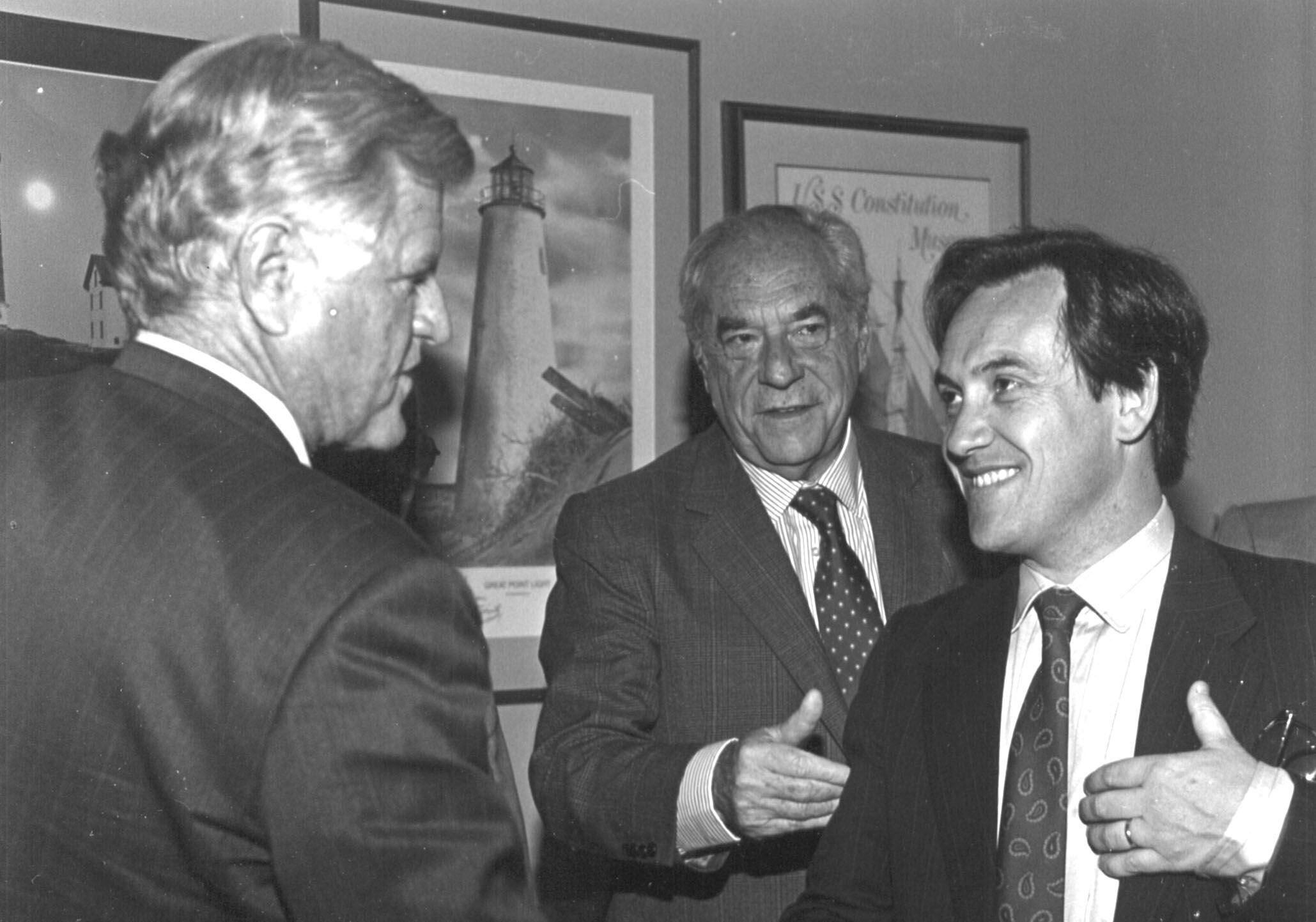
Thus, he was a presidential candidate for the first time in 2005, when he was defeated by former president Michelle Bachelet in the second round.
But he ran again in 2009 and defeated former president Eduardo Frei Ruiz-Tagle, becoming the first democratically elected right-wing president since 1958.
First term: economic growth and student protests
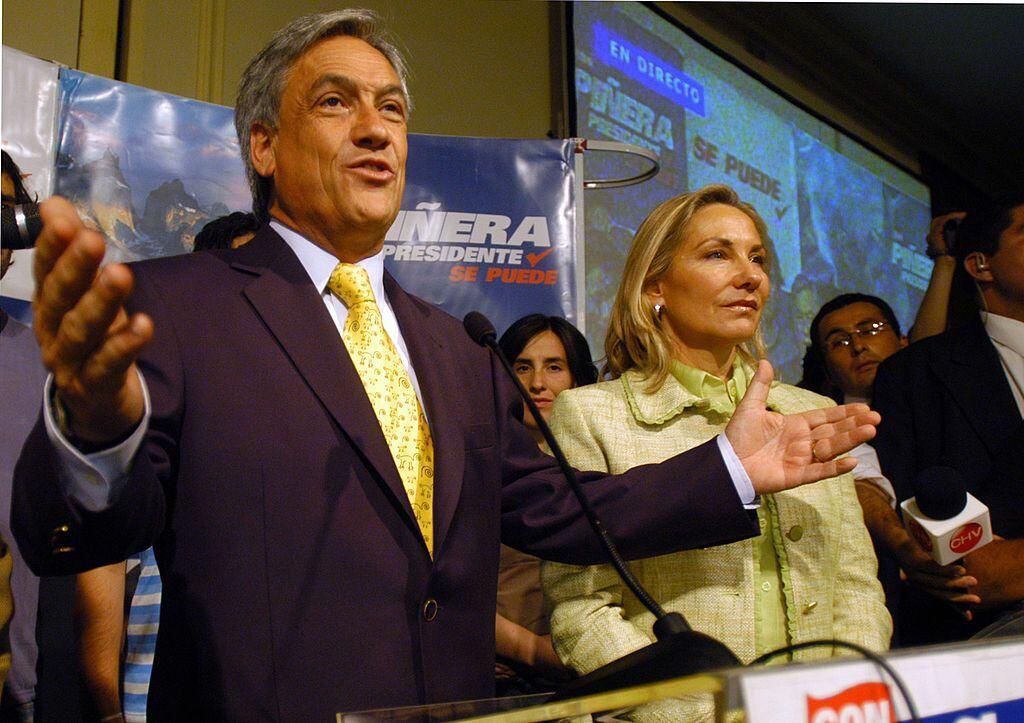
His first government began in the middle of a deep crisis triggered by the earthquake and tsunami that hit the country in February 2010, just days before taking office as president.
He had the complex task of rebuilding several areas that were practically left on the ground.
In this first period as president, he is also recognized for the economic growth that the country has experienced and for the creation of jobs..
Additionally, he is remembered for his efforts in rescuing the 33 miners who spent 69 days trapped underground.
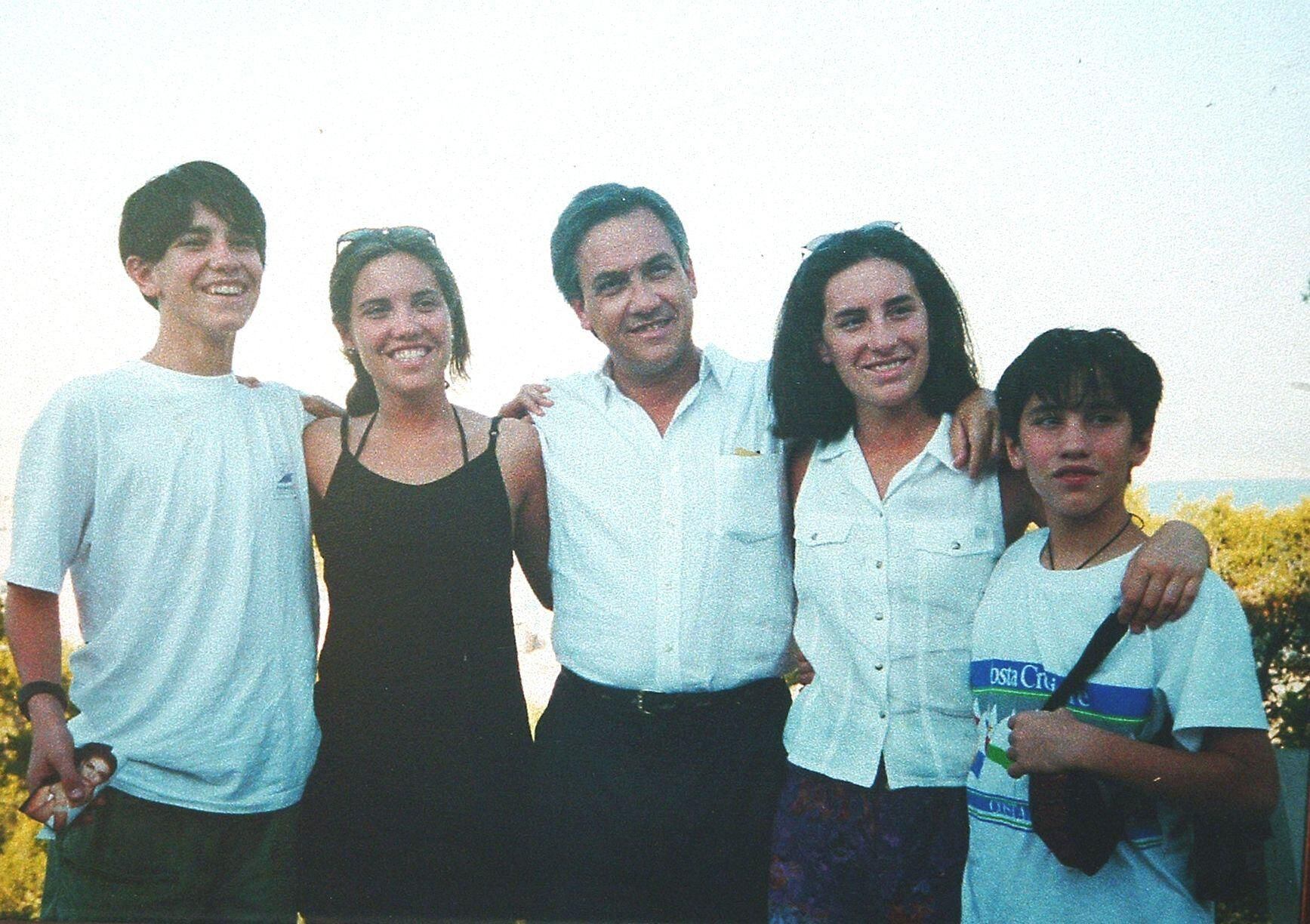
But there were difficult moments, like the student protests. He said controversial phrases, including that “education is a consumer good”which generated criticism and rejection from university leaders.
He also constantly faced questions about his business past and a temperament that many described as controlling and obsessive.
His taste for improvisation when giving speeches led him to make mistakes or make unfortunate comments that his detractors called “piñericosas” and that, to this day, were used as “memes” in the South American country.
At the end of his first term, Piñera was unable to transfer the presidential sash to a leader in his hierarchy, which was criticized by his political sector. Thus, Michelle Bachelet, from the Socialist Party, returned to lead the country for another four years.
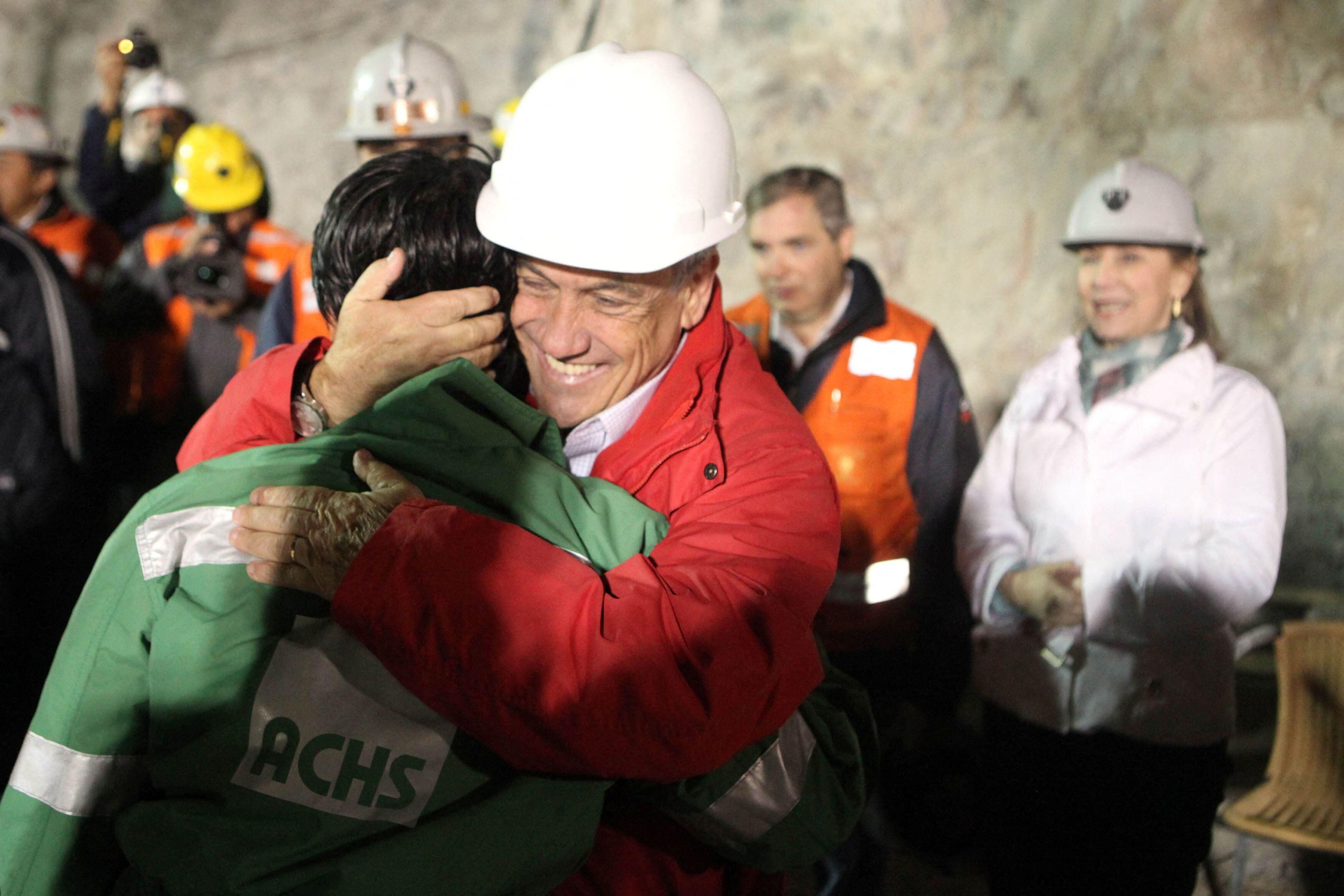
During this period, the right-wing former president created his foundation, Avanza Chile, from which he shaped his second presidential candidacy, which he took office in 2017.
Although he wasn’t a particularly popular character at the time managed to connect with those demanding more economic growth and they remembered the good numbers during his term. His main promise was, in fact, to usher in “better times”.
He thus achieved a resounding victory, with a comfortable 10 points advantage over the center-left candidate, Alejandro Guillier.
“I am the president of change, progress and the middle class,” he said in his speech after his electoral victory.
Second term: social outbreak and pandemic

But in this second presidential term, he faced even more difficult challenges.
In his second year in command, in October 2019, faced the “social outbreak” that generated a massive wave of protests of Chileans who demanded greater equality of opportunities.
Faced with the anger of the protesters – and the violence in the streets – Piñera mobilized the military in an attempt to control what was happening.
In the middle of the crisis, he uttered controversial phrases that turned against him, such as “we are at war against a powerful and implacable enemy”.
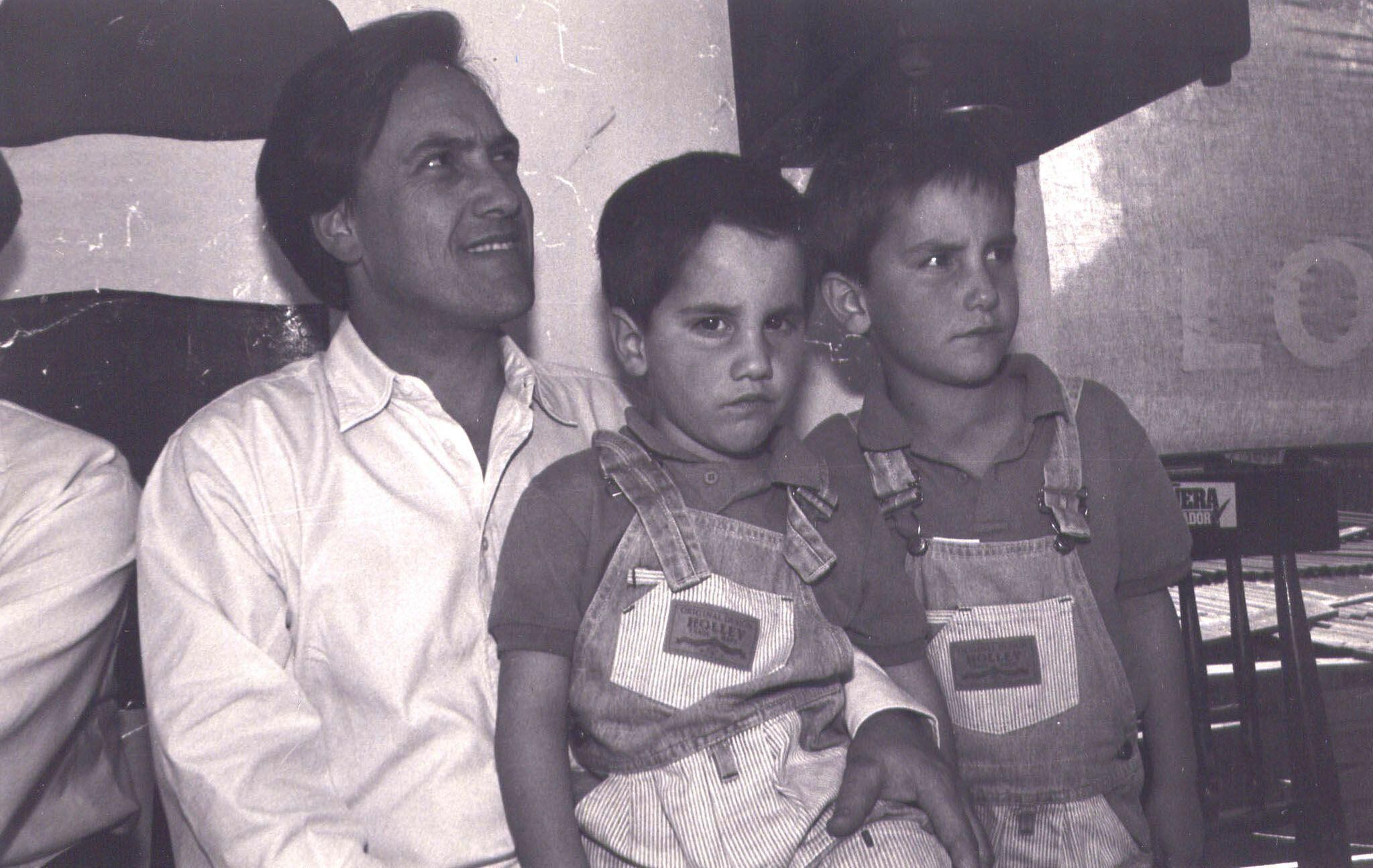
To try to reduce tension, Piñera asked his entire cabinet to resign. He asked for “forgiveness” for the “lack of vision” and signed, together with other political leaders, the call for a constituent assembly. which would have the task of drafting a new Fundamental Charter (a task that is still stagnant).
In an interview with BBC Mundo, held in November 2019, the then president ruled out a resignation and said that “of course I will reach the end of my term”.
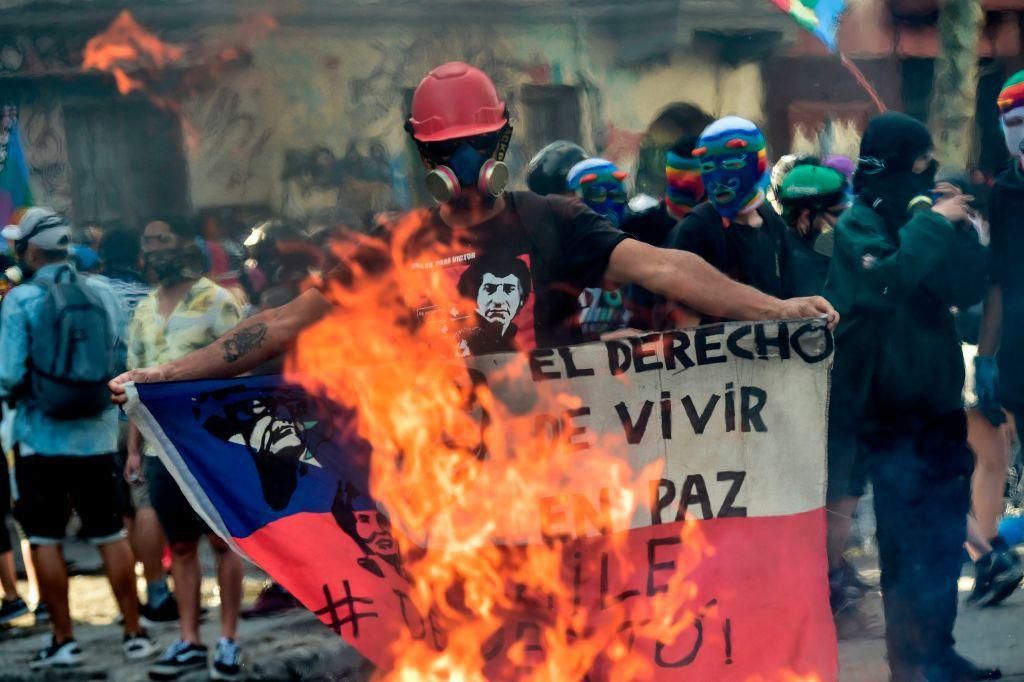
But when the protests began to subside, then-president He had to face another difficult moment: the covid-19 pandemic.
Although at the beginning he received several questions about his handling of this crisis – with high mortality rates and low amounts of aid to people – his way of dealing with vaccination policies led him to be widely recognized, making Chile a model country in country management. health crisis.
However, his popularity failed to recover and he ended his second term with over 60% disapproval.
His post-presidency life
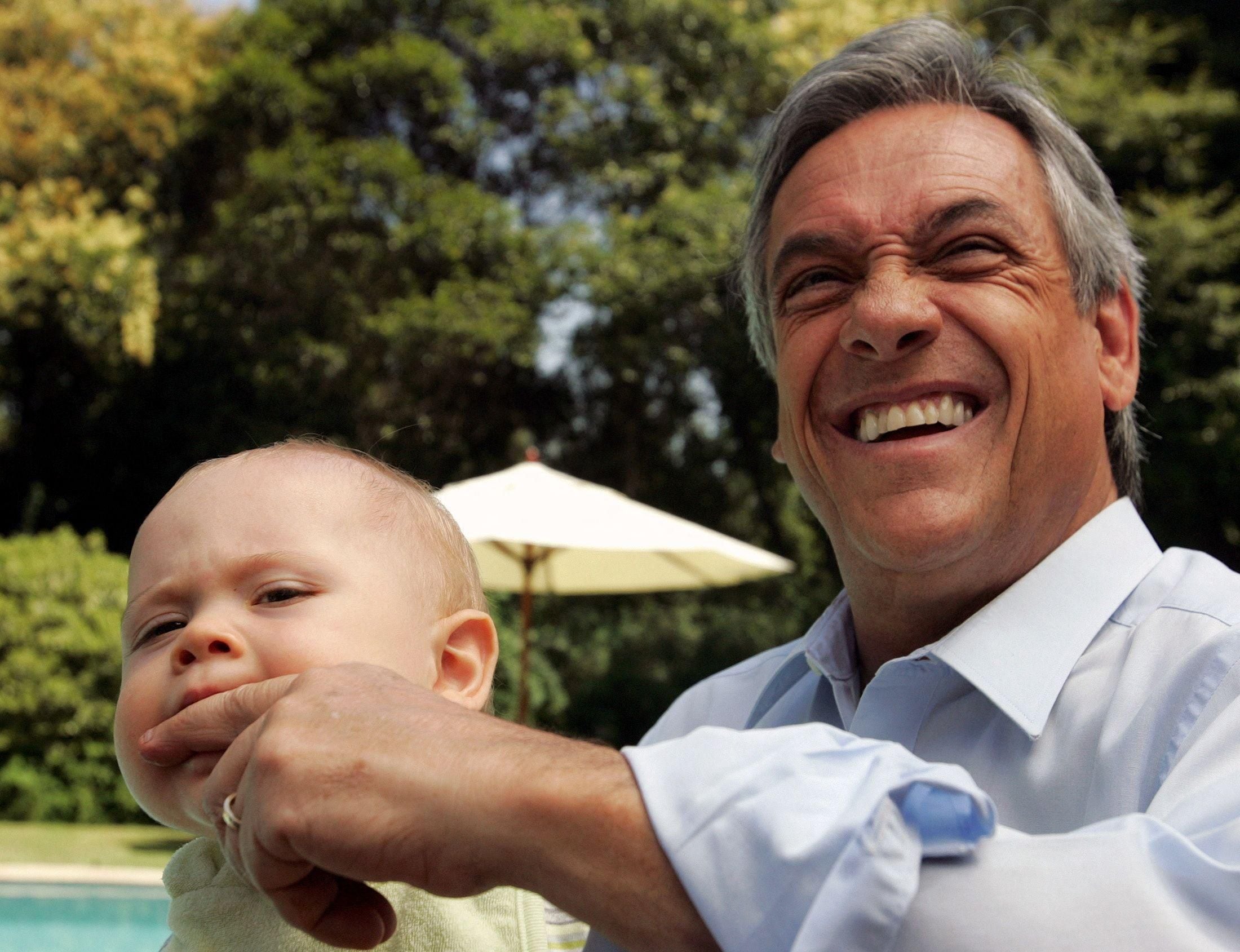
After leaving the government, Piñera moved into his old offices and began developing several philanthropic projects through his foundations.
In recent interviews, he criticized his political sector for not reaching an agreement on a new Constitution. He also assured that he had no intention of running for president for a third time.
To those close to him, he said he was enjoying his children and grandchildren. And the post-presidency calm.
After his death, Many in Chile remember him as a democrat and a conciliator.
And, despite being a controversial character throughout his life, he undoubtedly left an important mark on his country.
Source: Elcomercio
I am Jack Morton and I work in 24 News Recorder. I mostly cover world news and I have also authored 24 news recorder. I find this work highly interesting and it allows me to keep up with current events happening around the world.

:quality(75)/cloudfront-us-east-1.images.arcpublishing.com/elcomercio/LSZMAMP2FJC4VDH2FM2ZELKNYY.jpg)

:quality(75)/cloudfront-us-east-1.images.arcpublishing.com/elcomercio/CZG5Q5FHFVG6TBYH4SZ2EKL6BM.png)
:quality(75)/cloudfront-us-east-1.images.arcpublishing.com/elcomercio/D5SYU36VAVHKREQBNXAYN64ZPE.jpg)
:quality(75)/cloudfront-us-east-1.images.arcpublishing.com/elcomercio/ONMDYTUSPFFY3AEY7OYBDBHUHQ.jpg)
:quality(75)/cloudfront-us-east-1.images.arcpublishing.com/elcomercio/W6U6VJS5M5GAPCUQ3OFAXRF5QI.jpg)
